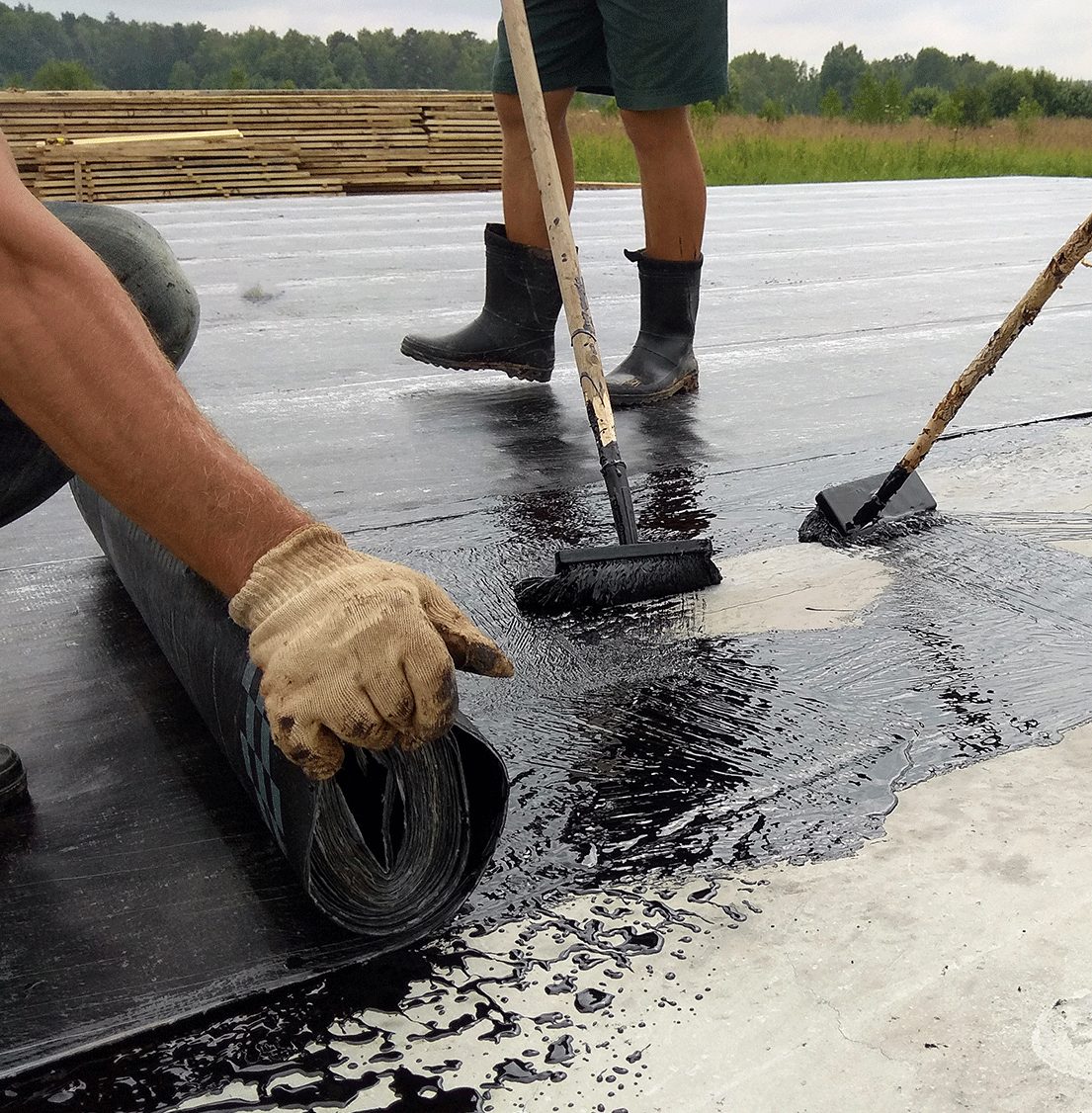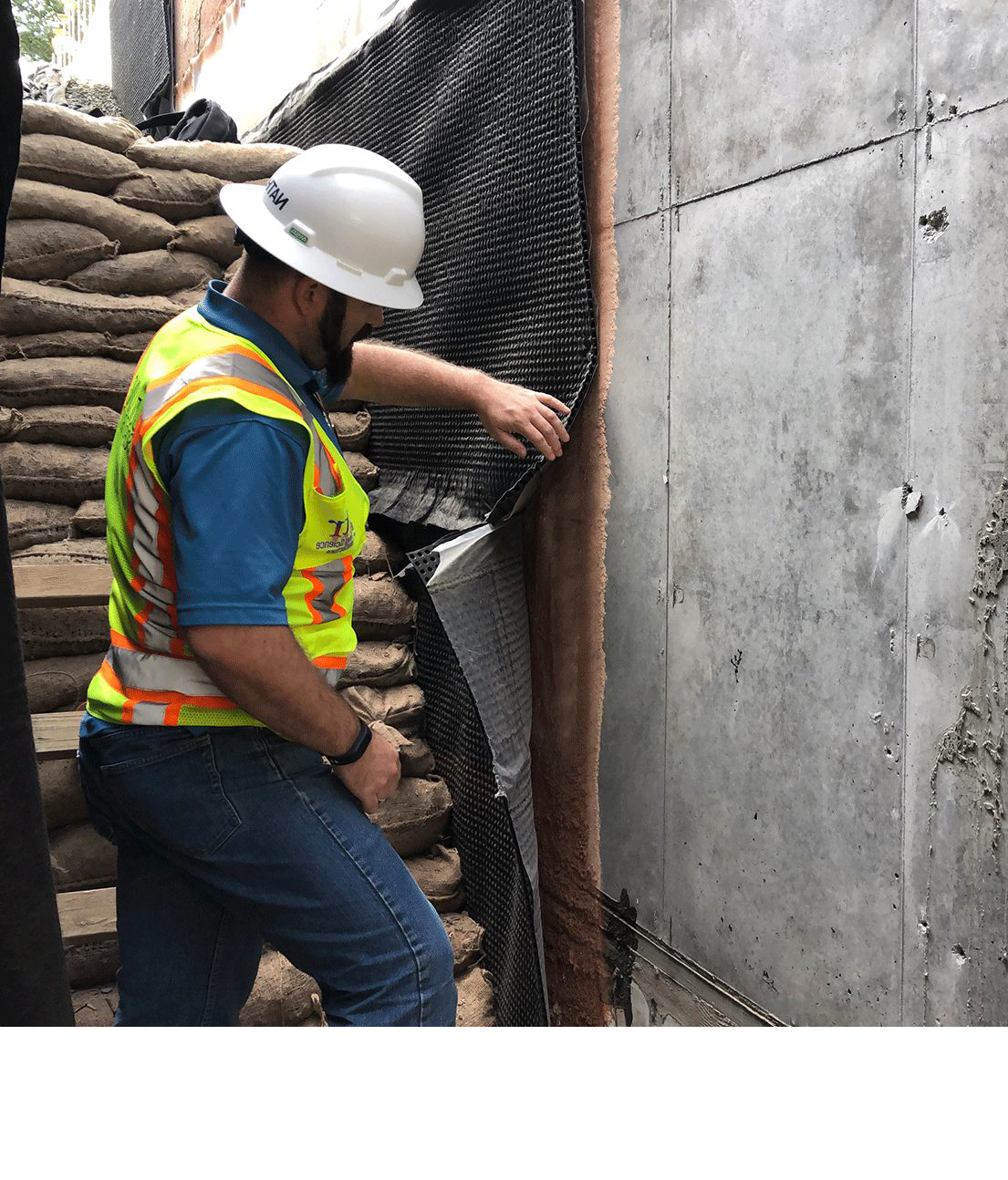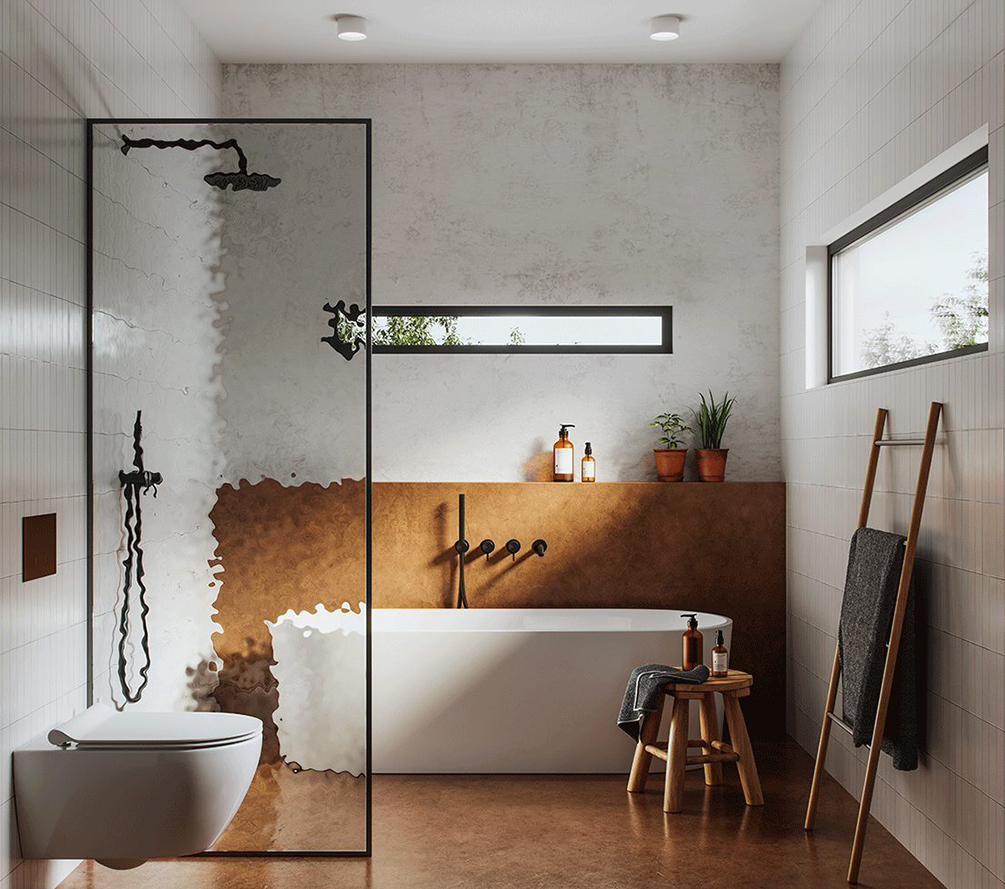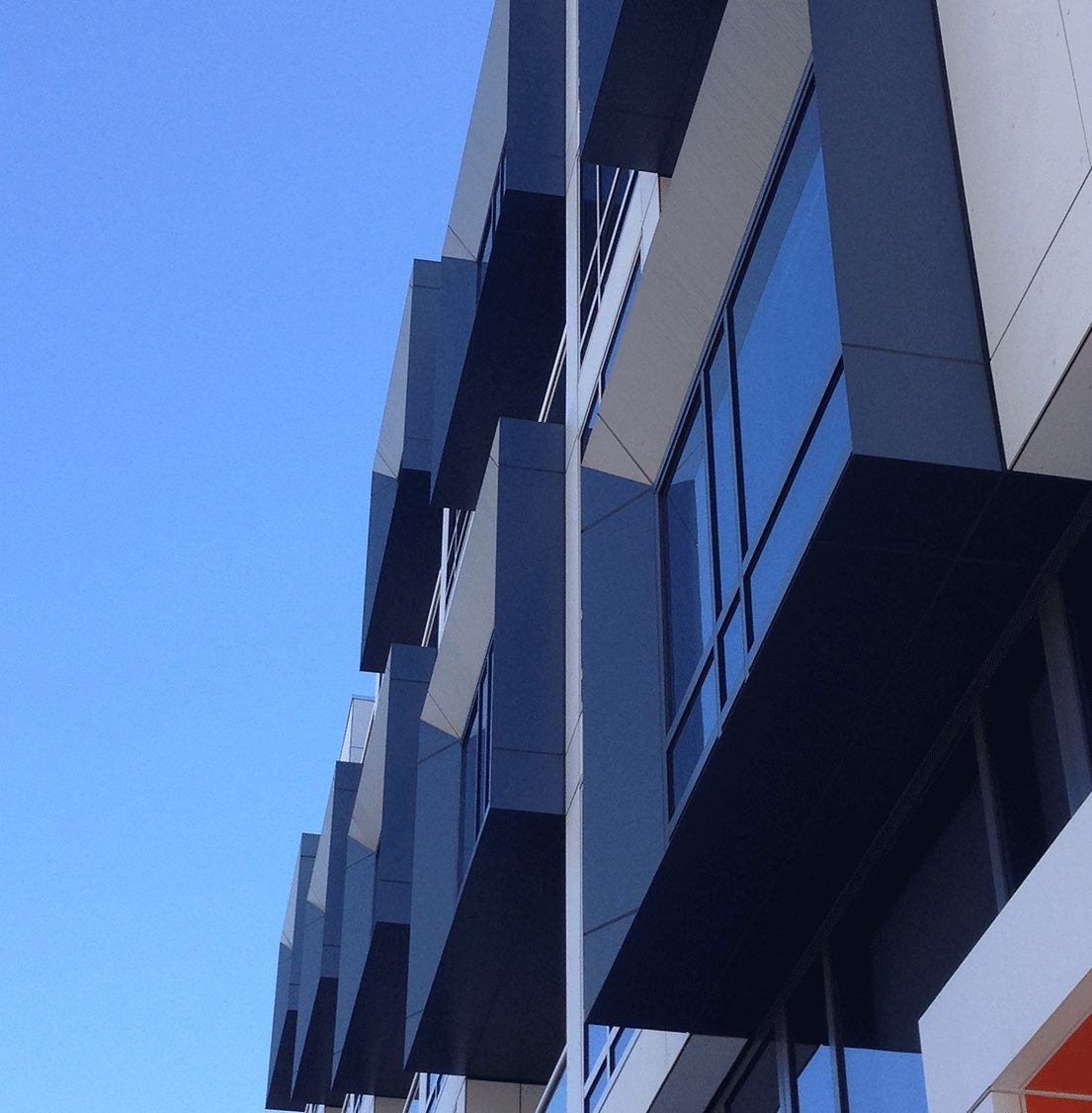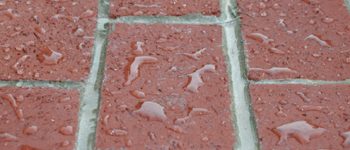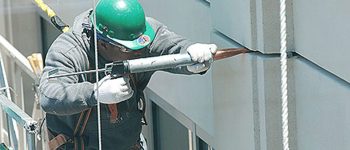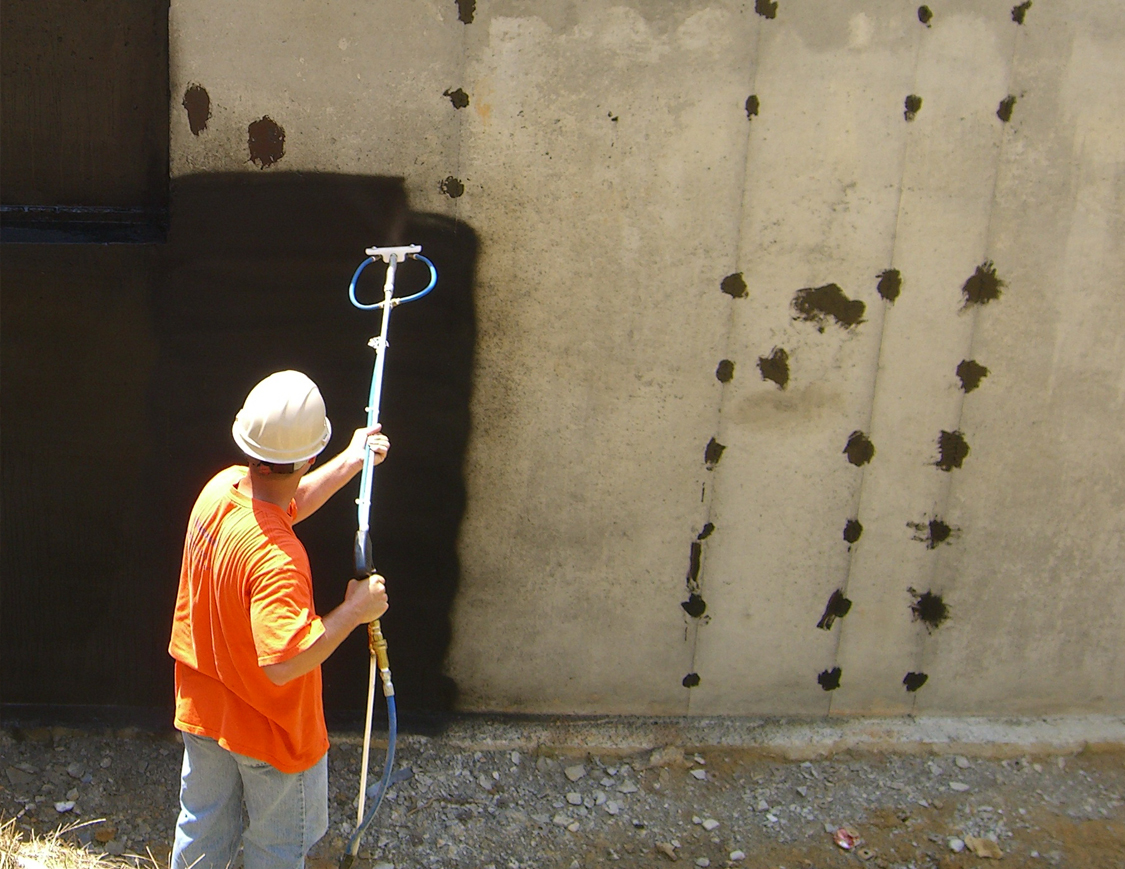What’s at Stake
Water infiltration is one of the most horrific things that can happen to a building. When water infiltrates the structure of a building, it can be quite insidious. The structural integrity of a building can be severely compromised when water damage occurs in addition to environmental consequences. Therefore, building waterproofing is of the utmost importance, particularly in areas that are prone to medium to heavy rains and flooding conditions.
Building waterproofing can and should always be designed, specified and observed by a qualified waterproofing consultant. Leaks into sub-levels of a building are a common problem for building operators and managers. Air quality, such as radon and conditioning in terms of humidity levels are often an additional concern.


